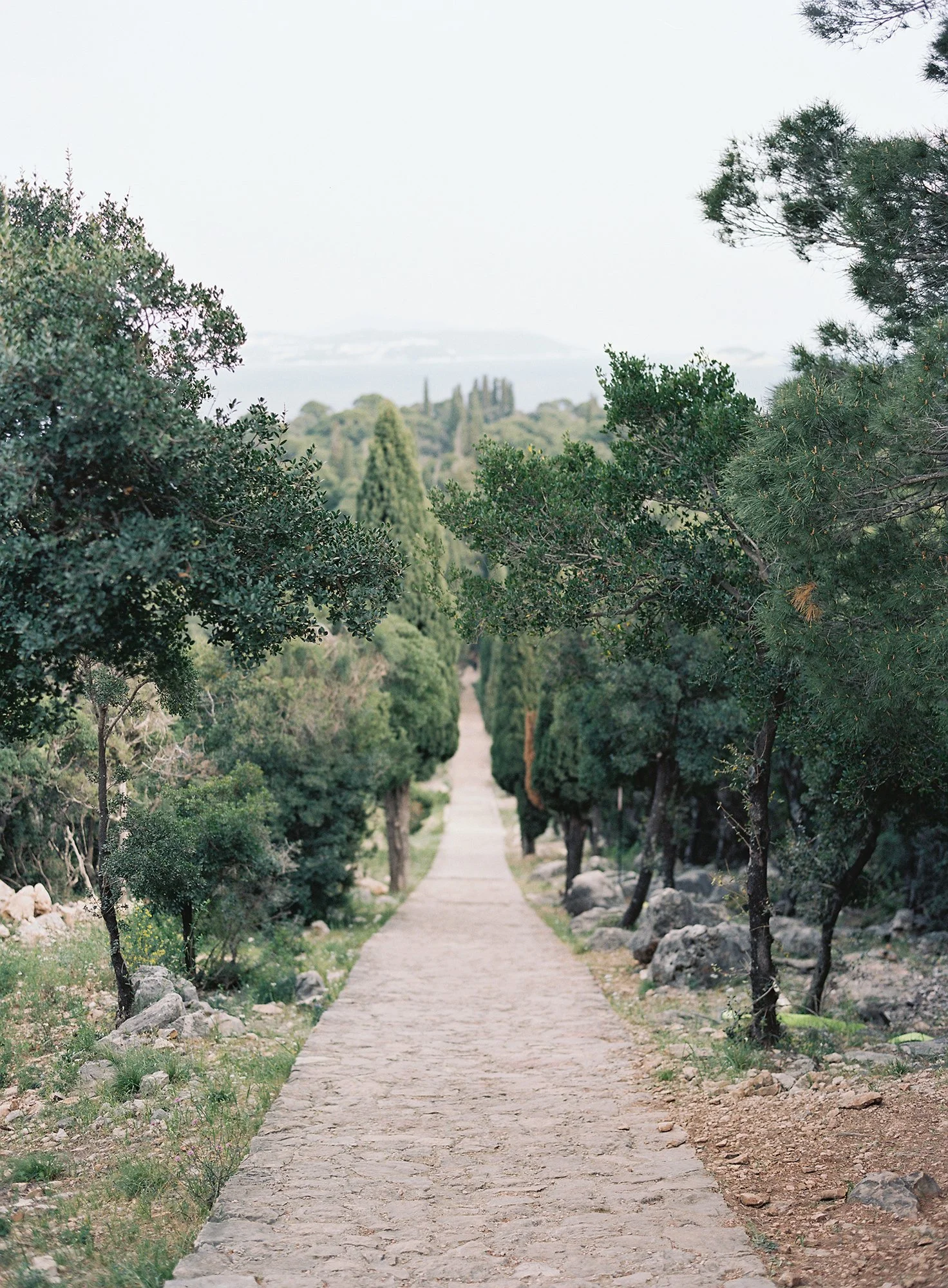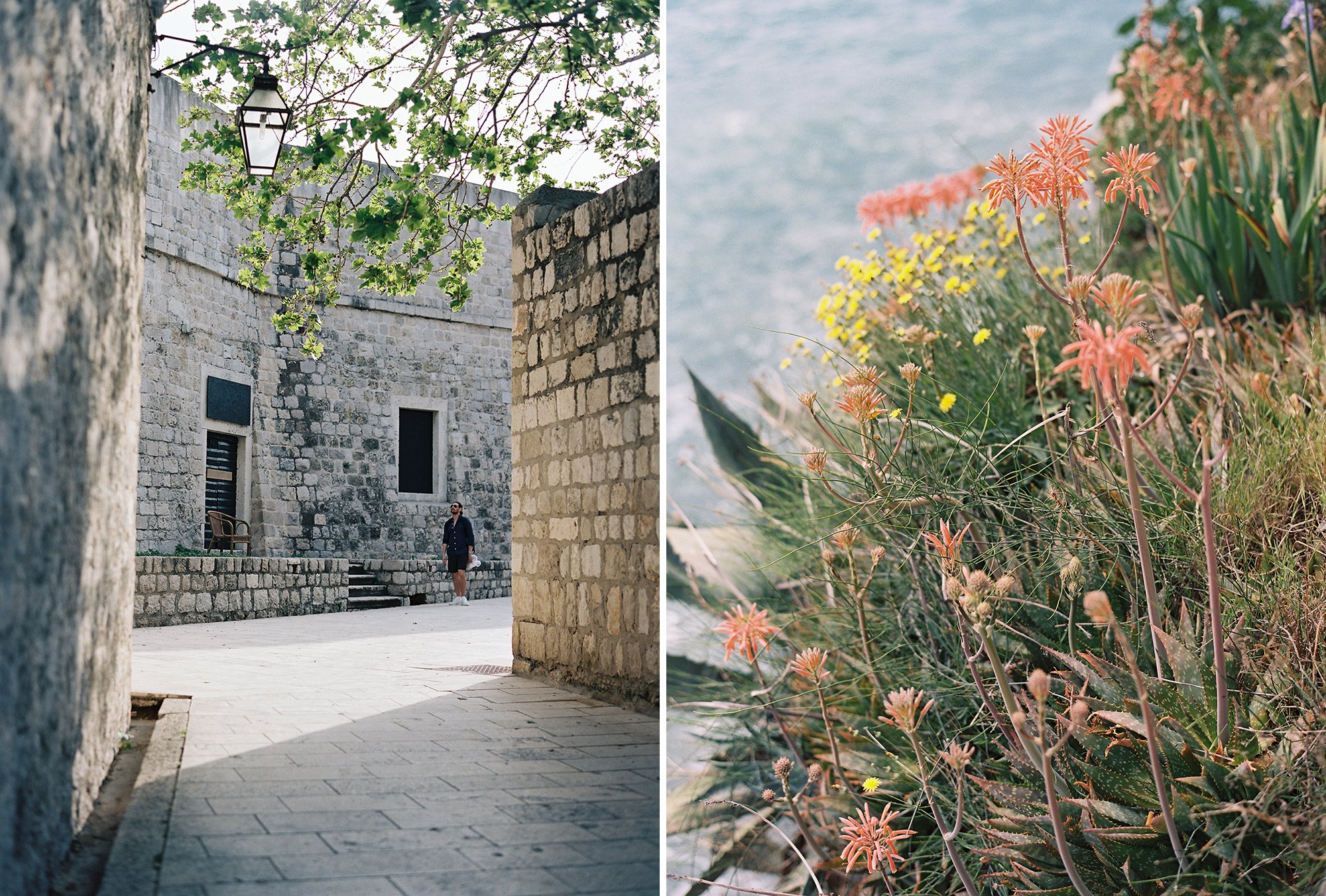Will Airport CT Scanners Destroy Your Film?
I was standing on the departure side of the scanners at Manchester airport watching my hand luggage roll down the conveyor belt when it hit me. I’d forgotten to put my film in the lead bag! Historically I’ve often found UK airport security workers fairly unhelpful in dealing with requests to scan film by hand. I get that they’re busy and it’s a faff, but go to the US for example and it’s a different story altogether… “No problem Ma’am! Let me take care of that for you.”
I’d heard stories of how airport scanners can damage or even destroy film, particularly when it’s unexposed so I purchased the Domke lead-lined pouch which protects your film from harmful radiation. This wasn’t always a workable solution. Twice I actually had my bag pulled to one side, was told to empty the lead pouch and that the film would have to go through the scanner along with everything else. I’m terribly English when it comes to not wanting to kick up a fuss, but I would always press my case politely and explain my concerns again. My protests occasionally led to a compromise, but more often they were futile and when you have a flight to catch you can’t sit at security for hours waiting for the senior person to arrive and discuss the matter further!
Happily, lead pouch or no lead pouch I never noticed any significant damage to my film. However, at the same moment I remembered my film was loose in my hand luggage I also noticed these scanners were different. They looked new. We hadn’t been asked to remove liquids and gels with the same vigour as I recall on past journeys, so I asked the nearest security worker whether photographic film is safe to go through these scanners. That’s when he said the words, oh so casually… “No, these are CT scanners. They’ll completely destroy film.”
I felt wretched. I had around £150 worth of unexposed Kodak Portra 400 ISO 120 film in that bag and had stupidly neglected to protect it. These weren’t the standard X-ray machines that I’d had to put film through on previous occasions, these machines were emitting some serious radiation and I imagined the worst.
After shedding a quiet tear on the plane to Dubrovnik (sad times!) I pulled myself together and tried to look on the bright side. I wasn’t on my way to shoot a paid gig. The film had been destined to become holiday photos and I had my phone… not ideal, but not a full-blown disaster. By the time we landed I had decided to shoot it anyway… it would be an interesting experiment! I wanted to know for sure what the effect would be and as long as I went into it knowing that I may get unusable photographs back then I wouldn’t be disappointed.
So what happened…?!
I got my photos! Now, I did a fair amount of panic research before loading my first roll and the consensus seemed to be that scanned film should be over-exposed in order to best counteract any damage done. Reports claimed that any damage caused by the CT scanner would most likely reveal itself in the shadows. So I shot one stop over when in sunny conditions and two stops over on the overcast days and I’d say the shots which were over-exposed by two stops were better. Since all my film was scanned together I don’t have a reference for comparison, but to me the photographs I took on bright days actually came back looking a bit flat and foggy in comparison to what I’m used to seeing from 120 film exposed correctly in full sun. Judge for yourself…
That said, I’m not complaining! When I heard that word “destroy” I inevitably feared the worst and I was googling like mad trying to find out more information about what I could expect, but there really wasn’t much out there. So I’m sharing this in case anyone else has the same experience and is on their phone at an airport madly scrolling miscellaneous blog articles on scanned film, as I was.
Don’t panic! Obviously there are a few factors at play, such as whether your film is colour/black & white, 35mm or 120, what the ISO speed is, how long your bag was in the CT scanner etc. etc. but if my experience is anything to go by then it’s unlikely your film is redundant. Shoot it, over-expose it and see what happens. You’ll probably be surprised to find that you do have something useable at the end.
Be sure to have a conversation with your lab as they may be able to advise how best to tackle the development process. I am hugely grateful to Richard Photo Lab for their guidance throughout this ordeal. We agreed to develop and scan a single roll before committing to the full order which was really helpful. We also discussed the option of pushing the remaining film, which we didn’t do in the end due to the varying light levels throughout my trip to Croatia.
I hope any fellow film shooters out there find this useful. The airport anxiety is real and these more powerful CT scanners are fast replacing the traditional X-ray machines. My advice would always be to request your film is checked by hand. If your request is refused then a lead-lined pouch will give your film some protection, especially if you remember to actually put the film inside it!!



